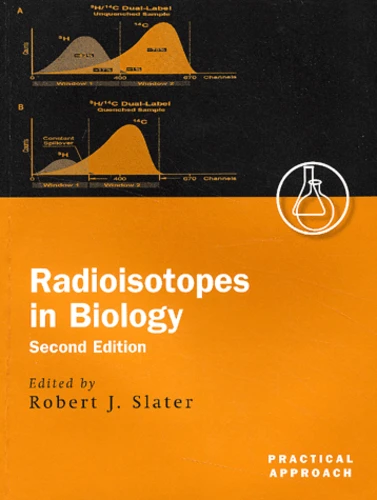Radioisotopes In Biology. A Practical Approach, 2nd Edition
Par :Formats :
- Paiement en ligne :
- Livraison à domicile ou en point Mondial Relay indisponible
- Retrait Click and Collect en magasin gratuit
- Réservation en ligne avec paiement en magasin :
- Indisponible pour réserver et payer en magasin
- Nombre de pages330
- PrésentationBroché
- Poids0.715 kg
- Dimensions19,0 cm × 24,5 cm × 1,7 cm
- ISBN0-19-963826-8
- EAN9780199638260
- Date de parution07/12/2001
- Collectionpractical approach series
- ÉditeurOxford University Press
Résumé
This new edition of Radioisotopes in Biology is a completely updated laboratory manual and reference source for using radioactivity in the bioscience laboratory. The book starts with three chapters that provide the reader with a thorough understanding of the issues to be considered in choosing a radioisotope and in its safe use. The key techniques of autoradiography and scintillation counting for the detection and quantitation of radioactivity are then covered in full practical detail by experts in the field. Four other chapters describe methods and approaches for the radiolabelling of nucleic acids and proteins, subcellular localisation and identification of macromolecules, immunoassay and pharmacological techniques. Summaries of the legislative requirements for using radioisotopes in the USA and European Union are included and there is an Appendix of useful data and addresses. In summary, this is a comprehensive laboratory guide for the safe and effective use of radioisotopes in the biosciences which will be of interest to all life science researchers.
This new edition of Radioisotopes in Biology is a completely updated laboratory manual and reference source for using radioactivity in the bioscience laboratory. The book starts with three chapters that provide the reader with a thorough understanding of the issues to be considered in choosing a radioisotope and in its safe use. The key techniques of autoradiography and scintillation counting for the detection and quantitation of radioactivity are then covered in full practical detail by experts in the field. Four other chapters describe methods and approaches for the radiolabelling of nucleic acids and proteins, subcellular localisation and identification of macromolecules, immunoassay and pharmacological techniques. Summaries of the legislative requirements for using radioisotopes in the USA and European Union are included and there is an Appendix of useful data and addresses. In summary, this is a comprehensive laboratory guide for the safe and effective use of radioisotopes in the biosciences which will be of interest to all life science researchers.

